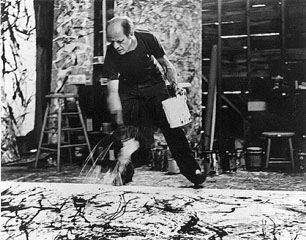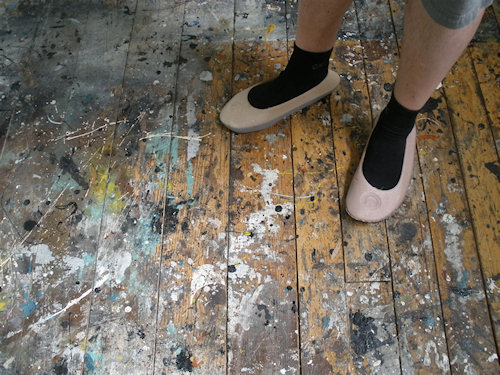I met an old friend at London’s Royal Academy the other day … a friend who caused a million dollar controversy in Australia when I was still at school. I remember it so well.
The ‘friend’ I am referring to is Jackson Pollock’s iconic painting – Blue Poles. Painted in 1952, it was purchased by the National Gallery of Australia in 1973 for the sum of one point three million dollars. At the time that was a world record sum for a painting by a contemporary artist.

The director of the National Gallery was unable to spend more than £1,000,000 – so approval for the purchase was given by the then Prime Minister Gough Whitlam. And what a fuss that caused.
Whitlam is, of course, remembered as the Prime Minister who was sacked by the Queen’s Australian Representative in 1975 in the country’s great constitutional crisis. He was the country’s first Labor Prime Minister for more than 20 years and his policies were pretty controversial all round. As was his taste in art. I remember because my father was simply apoplectic at what he called a waste of money on a daub that a four year could have done.

Everyone said it was a waste of money. Isn’t it strange how wrong ‘everyone’ can be.
The painting is now the highlight of the National Gallery’s collection and is valued at somewhere between 20 and 100 million dollars – depending on who you ask. It’s also a focal point of the current Abstract Expressionist exhibition at the Royal Academy – alongside some wonderful works by Mark Rothko and Clyfford Still and others.
I love Blue Poles. I probably shouldn’t. I was raised with my father’s appreciation of art – in which Monet was considered modern and a bit ‘out there’. But the first time I saw Blue Poles – I quite simply fell in love. There’s such energy and passion and brilliance in it. It teems with life. And no – a four year old couldn’t have done it.

After my first encounter with Blue Poles (or Number 11 as Pollock originally called it), I found more of his work and began to really appreciate it. When I was living in the US, I was privileged to visit his studio on Long Island.

The floor of the studio (and the walls too) is covered with paint where he wielded his tools which such passion. I confess, I was a little put out that we were allowed to walk on that floor (albeit with our shoes off and wearing special slippers). In time, our feet will leave their traces – and it would be such a shame to spoil that floor. It said so much about the man who worked there.

Pollock struggled much of his life with alcoholism … and died in a car crash while driving drunk on 1956. He was only 44.

The range of Pollock’s work even in those few years is astounding. Looking at his early work, there’s nothing to show he would one day paint something like Blue Poles.
I have to wonder what he would have done if he hadn’t died so tragically young.
